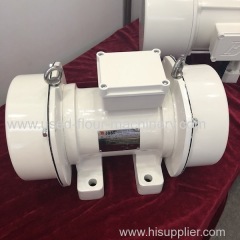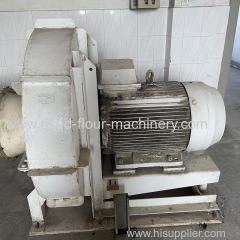|
K.G. (HK) Co., Ltd.
|
Gasket
| Place of Origin: | Zhejiang, China (Mainland) |
|
|
|
| Add to My Favorites | |
| HiSupplier Escrow |
Product Detail
Gasket
A gasket is a mechanical seal that fills the space between two mating surfaces, generally to prevent leakage from or into the joined objects while under compression. Gaskets save money by allowing "less-than-perfect" mating surfaces on machine parts which can use a gasket to fill irregularities. Gaskets are commonly produced by cutting from sheet materials, such as gasket paper, rubber, silicone, metal, cork, felt, neoprene, nitrile rubber, fiberglass, or a plastic polymer (such as polychlorotrifluoroethylene). Gaskets for specific applications may contain asbestos. It is usually desirable that the gasket be made from a material that is to some degree yielding such that it is able to deform and tightly fills the space it is designed for, including any slight irregularities. A few gaskets require an application of sealant directly to the gasket surface to function properly.
Some (piping) gaskets are made entirely of metal and rely on a seating surface to accomplish the seal; the metal's own spring characteristics are utilized (up to but not passing Sy, the material's yield strength). This is typical of some "ring joints" (RJ) or some other metal gasket systems such as those made by Graylock (an Oceaneering company). These joints are known as R-con and E-con compressive type joints.







